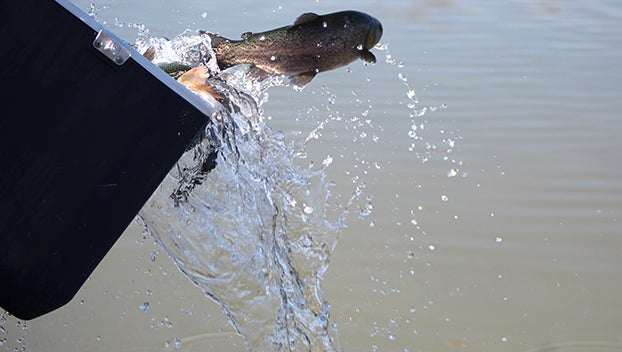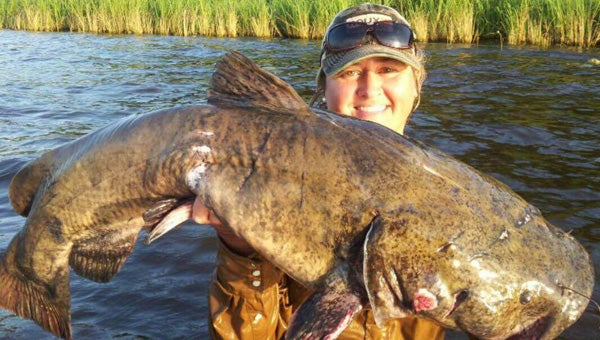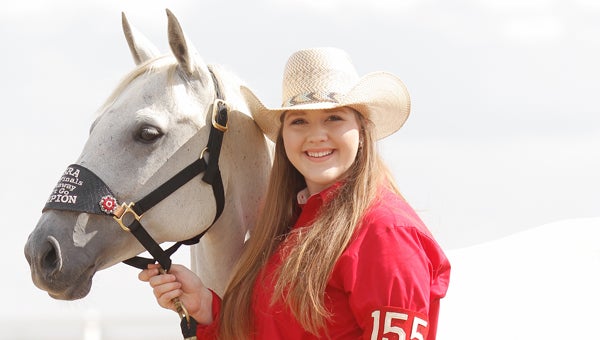Locals interested in learning about Louisiana black bears
Published 12:02 am Sunday, August 17, 2014

Jake Martin | The Natchez Democrat
Tennessee graduate Jared Laufenberg presents his data on Louisiana black bears to a crowd of people gathered at the Concordia Community Center Wednesday night.
FERRIDAY — Before managing a large population of bears, it’s generally a good idea to do a little research first.
That’s exactly what Louisiana Department of Wildlife and Fisheries’ Large Carnivore Program Manager Maria Davidson set out to do in 2006 in a partnership with the University of Tennessee. Their partnership focused on black bears in Louisiana and how to discover the best means of preserving them.
“We wanted more information about the liability of those populations,” Davidson said. “What can we expect in the future? That’s what we needed before making management decisions regarding populations in the future. Jared’s (Laufenberg) job was to use various complicated models to determine the liability of the Louisiana black bear.”
One of the men she partnered with was Tennessee graduate student and PhD candidate Jared Laufenberg, who presented the results of his extensive research to a crowd of roughly 30 people at the Concordia Community Center Wednesday night.
By using collars to track bears and inputting extensive data into multiple models, Laufenberg found that 95 percent of the bears in the targeted areas — which are mostly on the Louisiana/Mississippi state line, back to central Louisiana — would exist for 100 years.
“We took a simulation approach,” Laufenberg said. “We take this simulated data to find a projection of a population. All possible projections are collected, and that’s how we find the probability of bears in an area.”
Of course, the process can be complicated. In using collars to track bears, Laufenberg has to account for the unknown, meaning a signal that went out for a collar that might have fell off of a bear. That’s why Laufenberg took extensive measurers, trying to emulate models that represent every situation and estimating the most likely outcome for the species.
The few locals who gathered in Ferriday Wednesday night have similar connections with bears — they roam their large acres, and they see them frequently. Take Rick Hennigan, for instance, whose intrigue was sparked by bears that live in the forests he owns.
“Honestly, I can take them or leave them,” said Hennigan, who wasn’t strongly opposed to sharing territory with the bears in the forest. “They’re there, so we needed to come and learn a little more about them.”
Because Hennigan owns 3,000 acres in Wildsville, Louisiana black bears can cover a lot of ground owned by him.
“We seem them all the time,” Hennigan said. “We had a six-month old that thought he owned the whole place. We had a real big one too.”
And now, Henniga, and his wife Anita, will understand a little more about the creatures they come in contact with frequently.




